Mastering Machine Learning Algorithms. Expert techniques for implementing popular machine learning algorithms, fine-tuning your models, and understanding how they work - Second Edition Giuseppe Bonaccorso
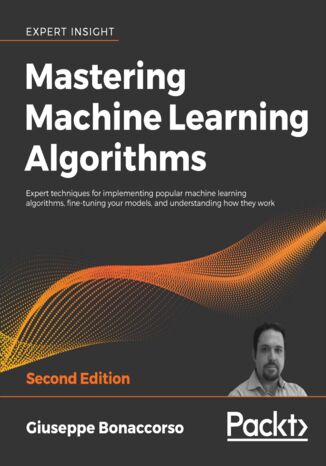



- Autor:
- Giuseppe Bonaccorso
- Wydawnictwo:
- Packt Publishing
- Ocena:
- Stron:
- 798
- Dostępne formaty:
-
PDFePubMobi
Opis
książki
:
Mastering Machine Learning Algorithms. Expert techniques for implementing popular machine learning algorithms, fine-tuning your models, and understanding how they work - Second Edition
You will use all the modern libraries from the Python ecosystem – including NumPy and Keras – to extract features from varied complexities of data. Ranging from Bayesian models to the Markov chain Monte Carlo algorithm to Hidden Markov models, this machine learning book teaches you how to extract features from your dataset, perform complex dimensionality reduction, and train supervised and semi-supervised models by making use of Python-based libraries such as scikit-learn. You will also discover practical applications for complex techniques such as maximum likelihood estimation, Hebbian learning, and ensemble learning, and how to use TensorFlow 2.x to train effective deep neural networks.
By the end of this book, you will be ready to implement and solve end-to-end machine learning problems and use case scenarios.
Wybrane bestsellery
Giuseppe Bonaccorso - pozostałe książki
Packt Publishing - inne książki
Dzięki opcji "Druk na żądanie" do sprzedaży wracają tytuły Grupy Helion, które cieszyły sie dużym zainteresowaniem, a których nakład został wyprzedany.
Dla naszych Czytelników wydrukowaliśmy dodatkową pulę egzemplarzy w technice druku cyfrowego.
Co powinieneś wiedzieć o usłudze "Druk na żądanie":
- usługa obejmuje tylko widoczną poniżej listę tytułów, którą na bieżąco aktualizujemy;
- cena książki może być wyższa od początkowej ceny detalicznej, co jest spowodowane kosztami druku cyfrowego (wyższymi niż koszty tradycyjnego druku offsetowego). Obowiązująca cena jest zawsze podawana na stronie WWW książki;
- zawartość książki wraz z dodatkami (płyta CD, DVD) odpowiada jej pierwotnemu wydaniu i jest w pełni komplementarna;
- usługa nie obejmuje książek w kolorze.
Masz pytanie o konkretny tytuł? Napisz do nas: sklep@helion.pl
Książka drukowana








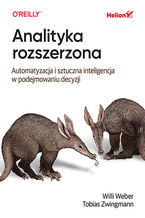

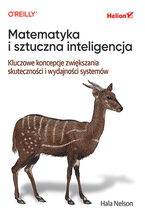




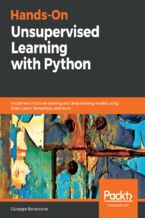

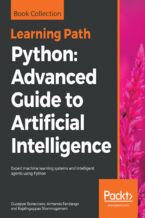
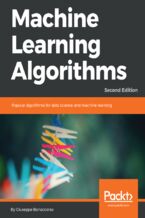
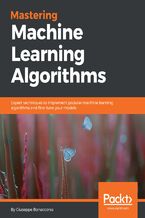






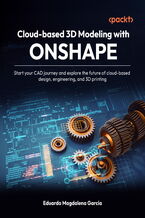


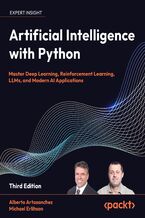
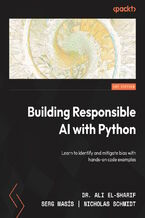

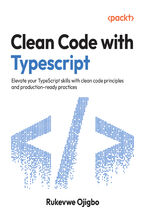

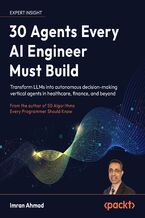



Oceny i opinie klientów: Mastering Machine Learning Algorithms. Expert techniques for implementing popular machine learning algorithms, fine-tuning your models, and understanding how they work - Second Edition Giuseppe Bonaccorso
(0)